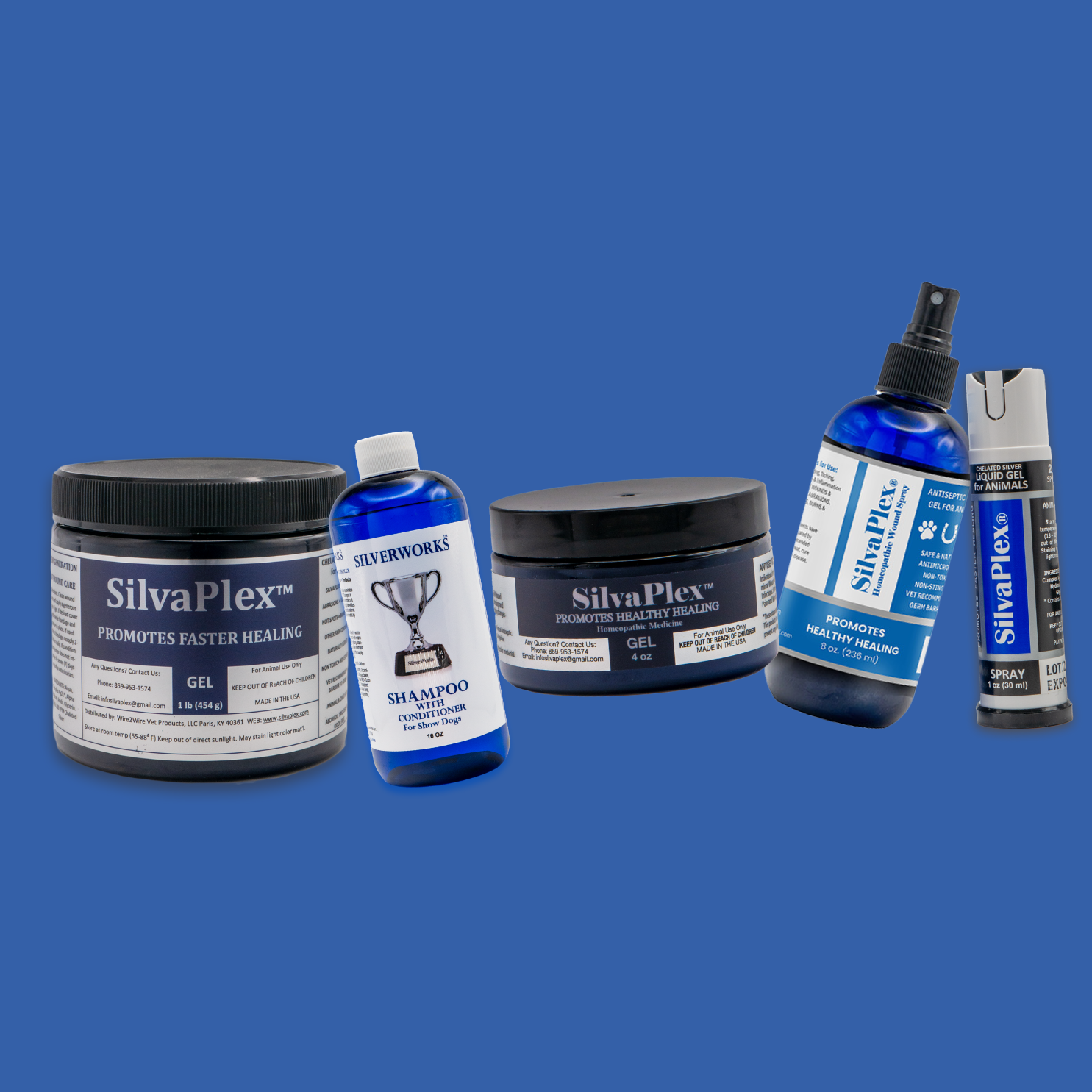SilvaPlex® Chelated Silver
Silvaplex®, our silver product, is a chelated complex bonded to citric acid evenly distributed in solution, stable and therefore more effective than colloidal or ionic silver. Colloidal silver contains suspended particles of various sizes containing other materials and may be unstable. Ionic silver is composed of charged particles that may form compounds with other materials making them unpredictable. Learn more.
5 products
-
SilvaPlex® Natural Immune Support Solution
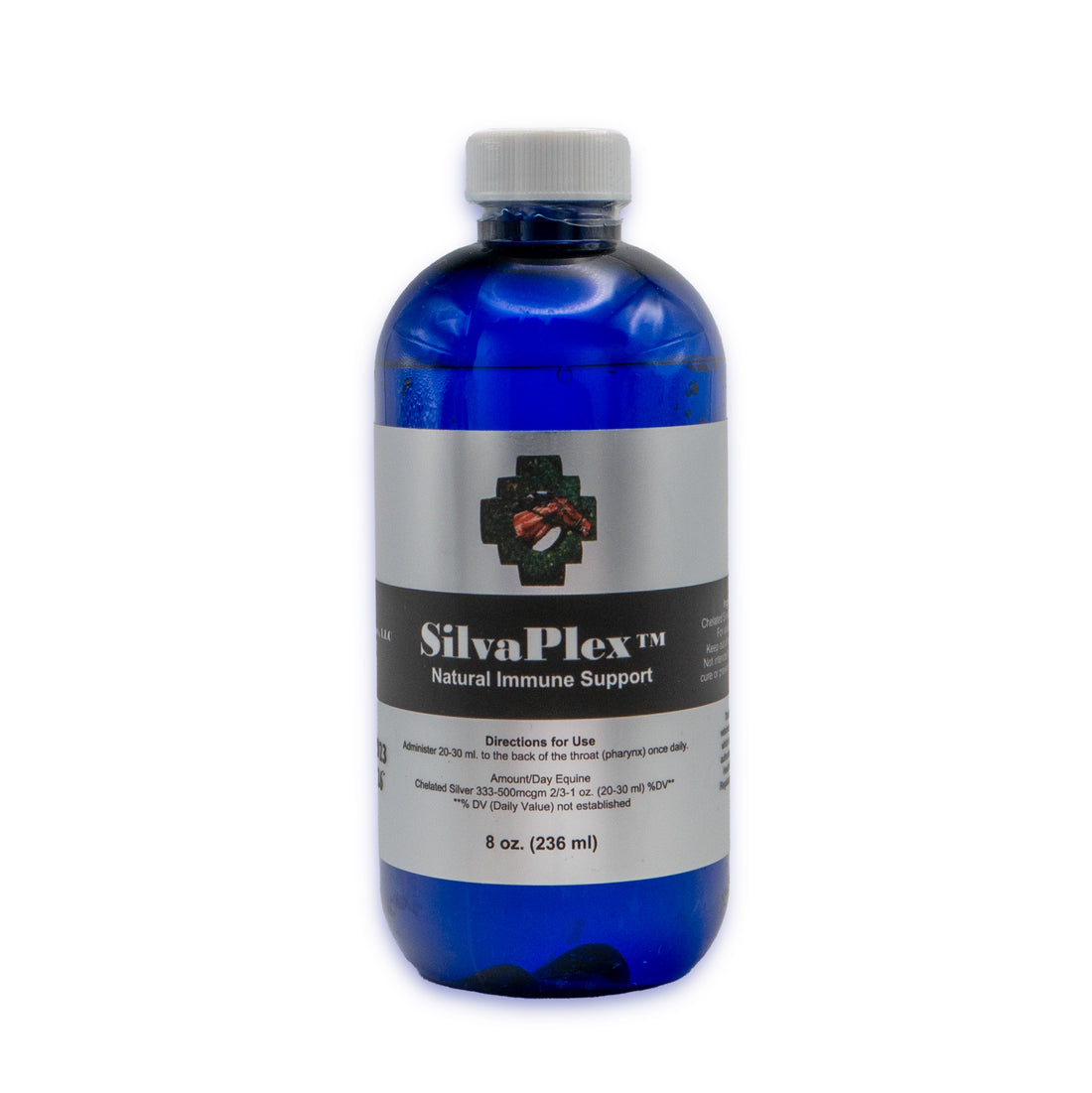
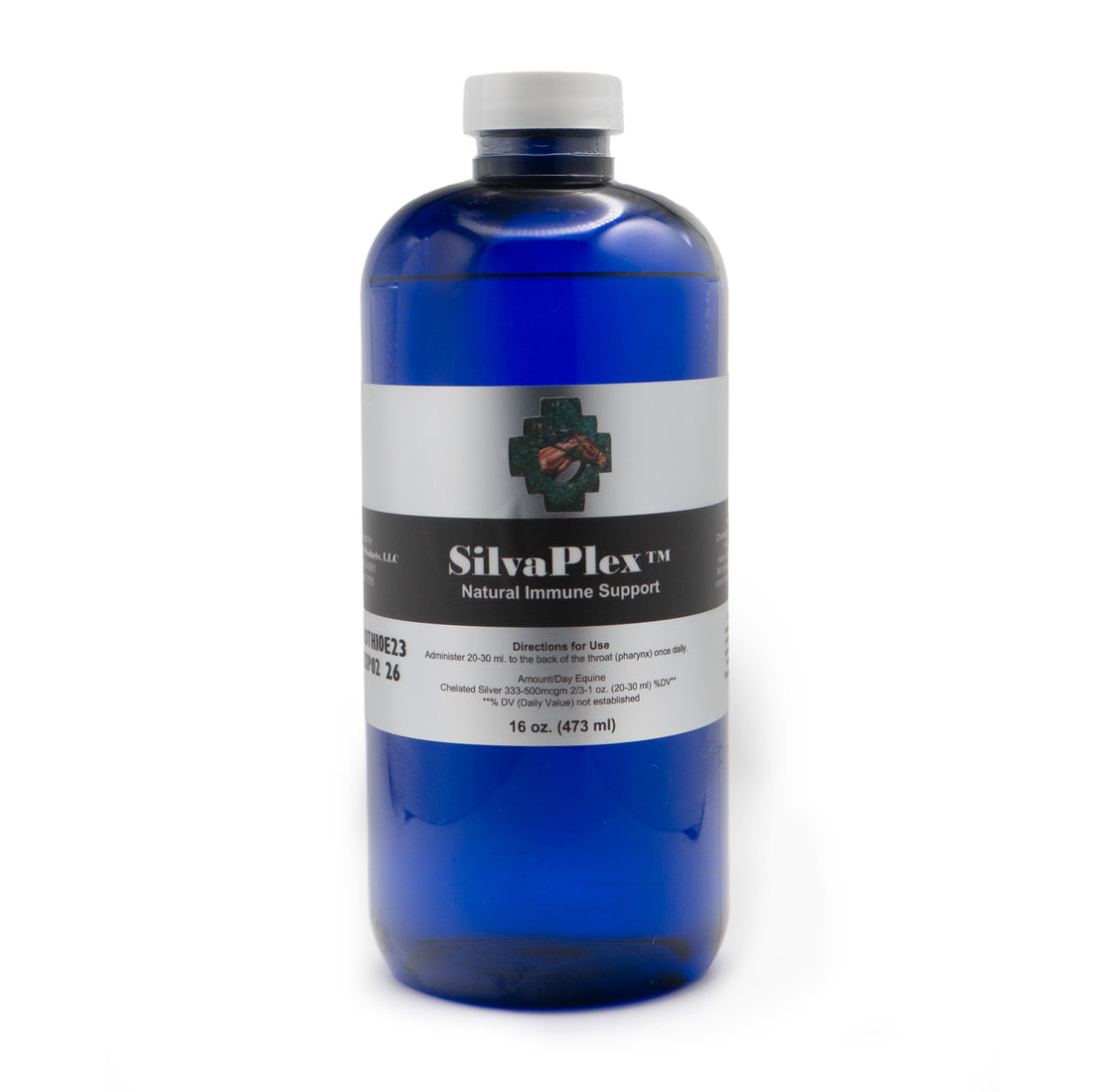 Vendor:SilvaPlex® Natural Immune Support SolutionSilvaPlex
Vendor:SilvaPlex® Natural Immune Support SolutionSilvaPlex- Regular price
-
$19.50 $396.00 - Regular price
-
- Sale price
-
$19.50 $396.00
Quick view
-
SilvaPlex® Original Wound Gel
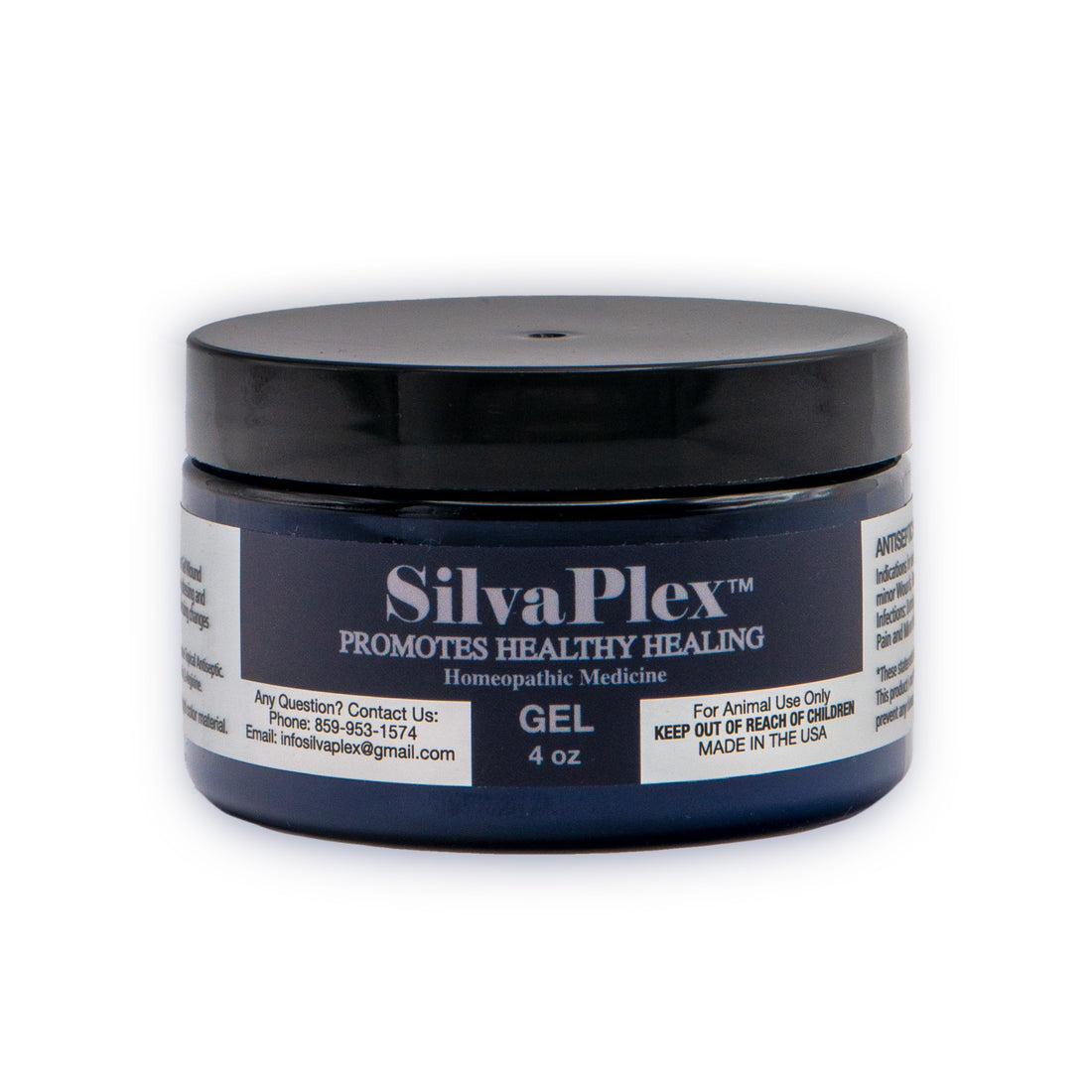
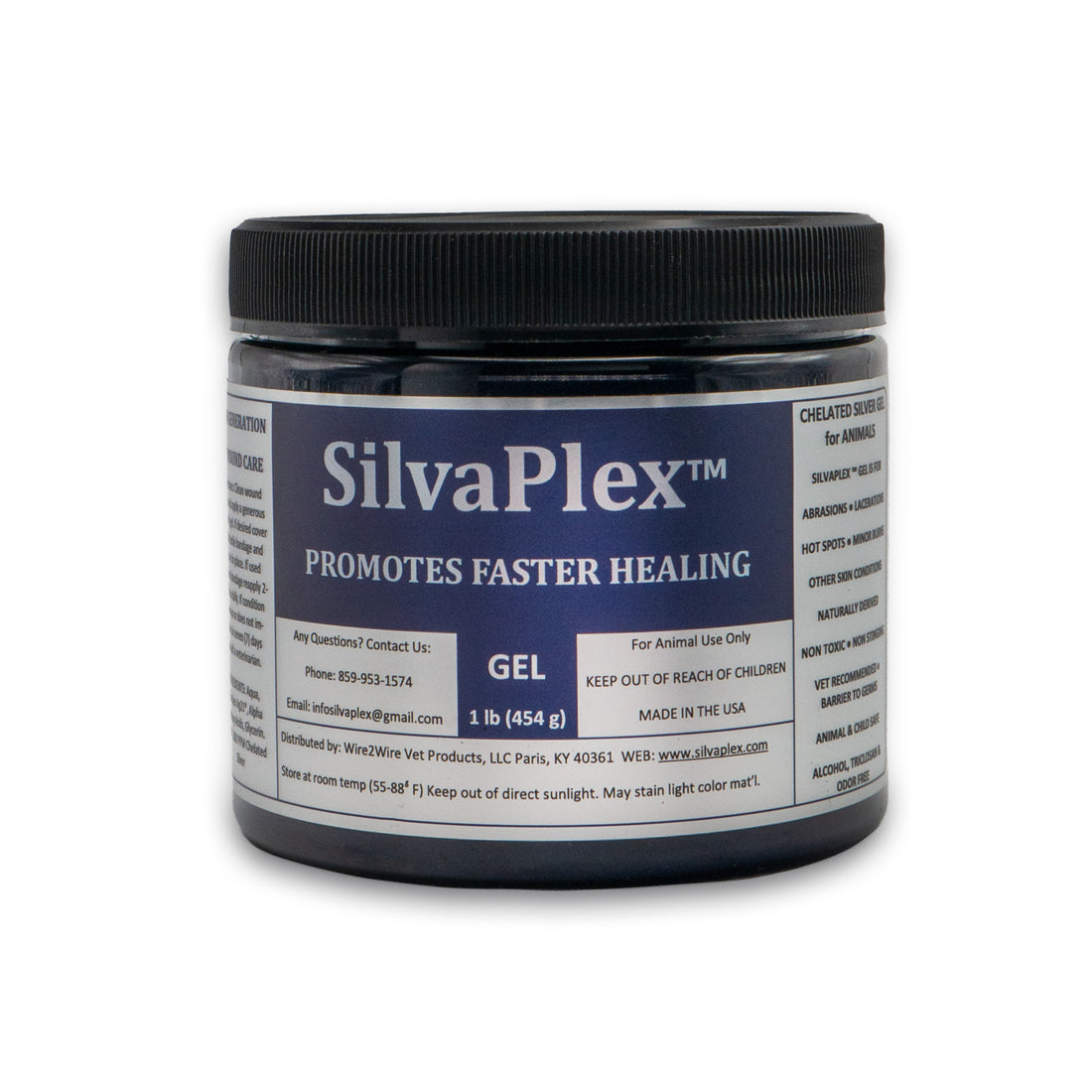 Vendor:SilvaPlex® Original Wound GelSilvaPlex
Vendor:SilvaPlex® Original Wound GelSilvaPlex- Regular price
-
$21.50 $684.00 - Regular price
-
- Sale price
-
$21.50 $684.00
Quick view
-
SilvaPlex® Wound Spray
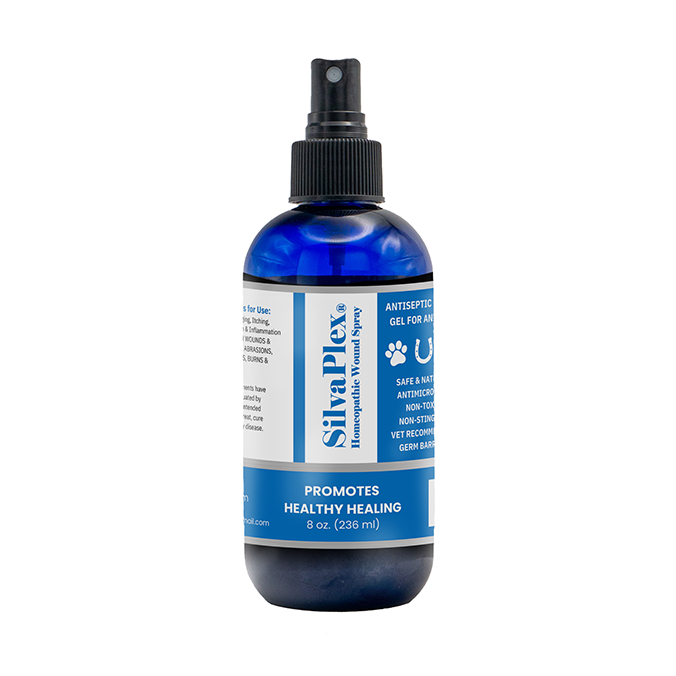
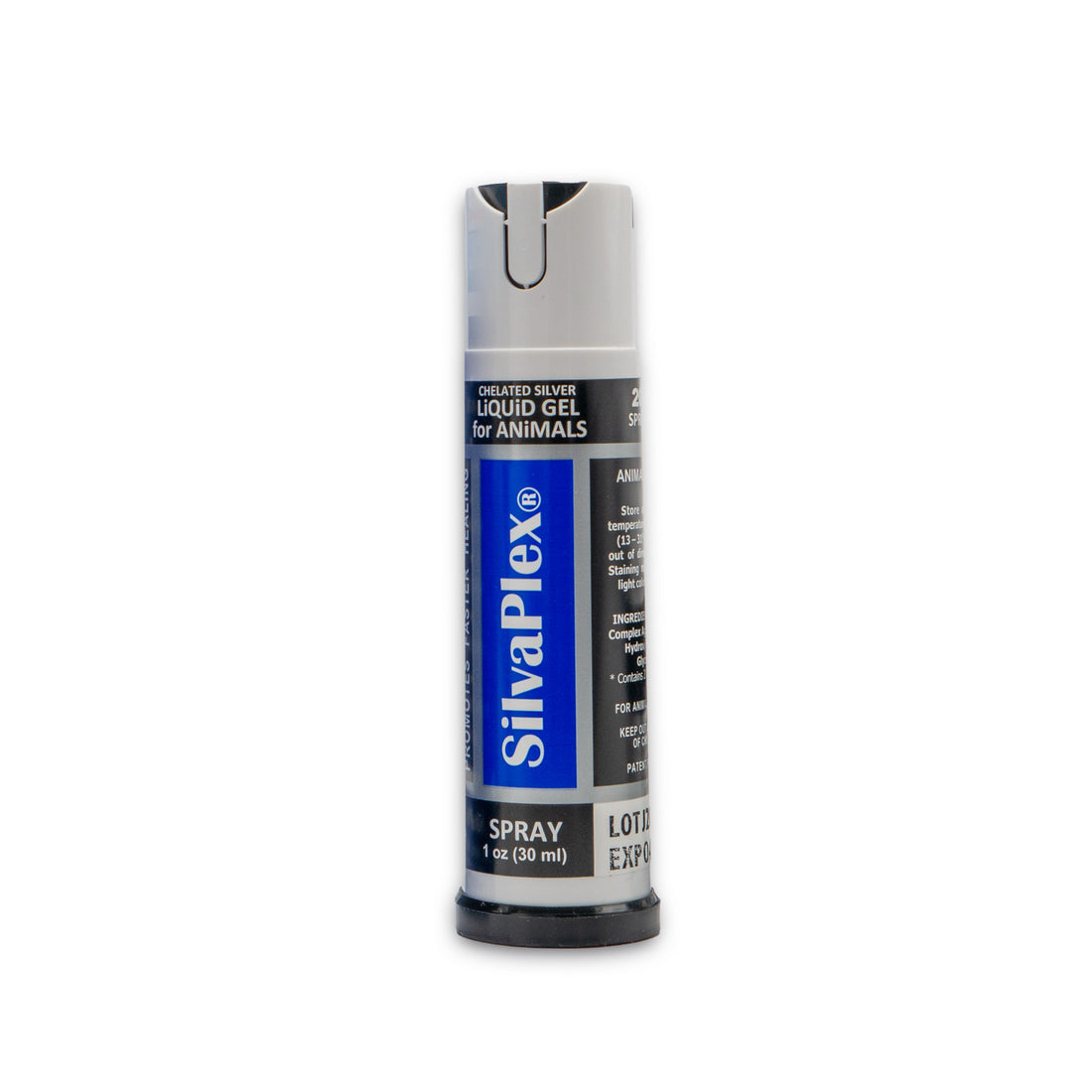 Vendor:SilvaPlex® Wound SpraySilvaPlex
Vendor:SilvaPlex® Wound SpraySilvaPlex- Regular price
-
$9.99 $431.56 - Regular price
-
- Sale price
-
$9.99 $431.56
Quick view
-
SilverWorks Shampoo
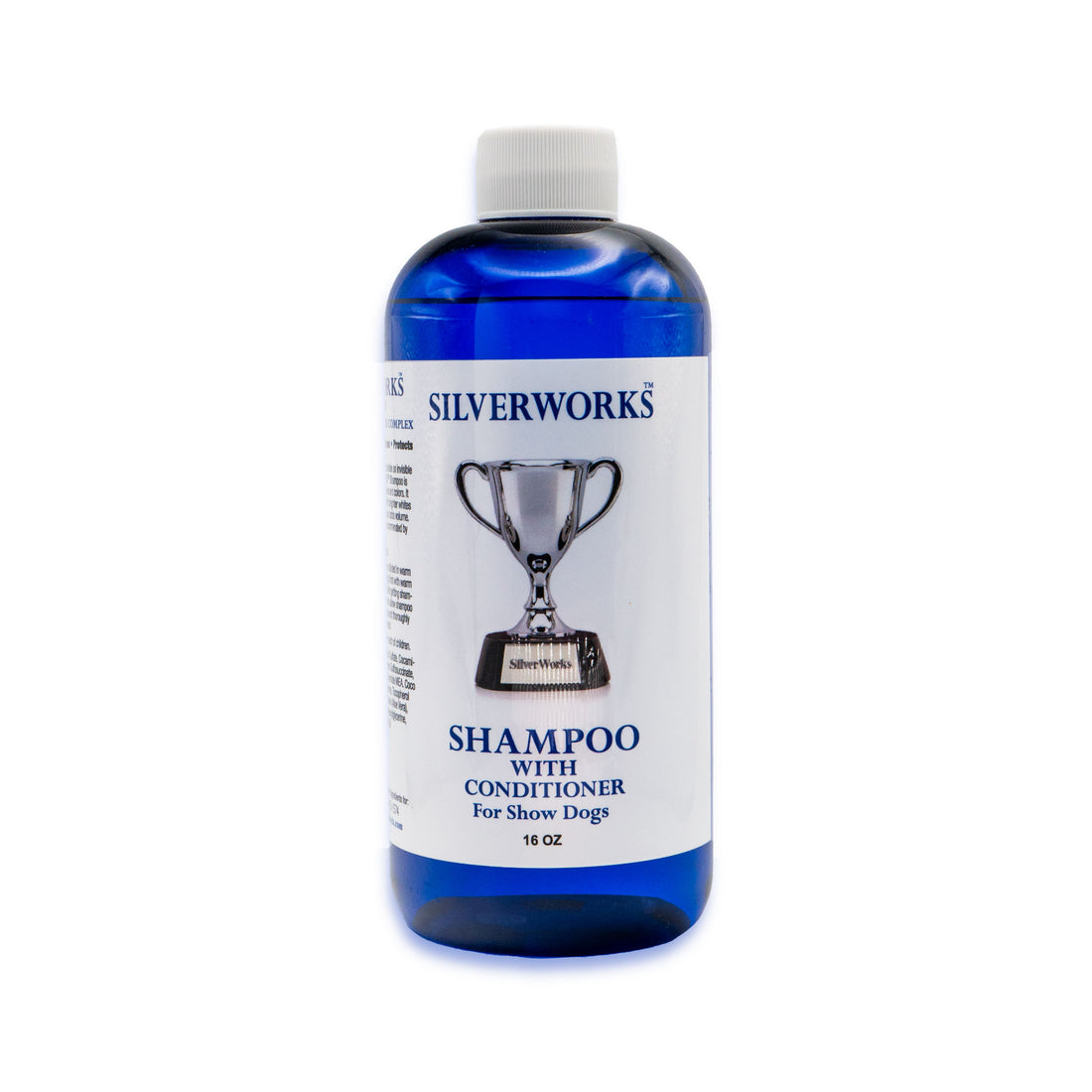
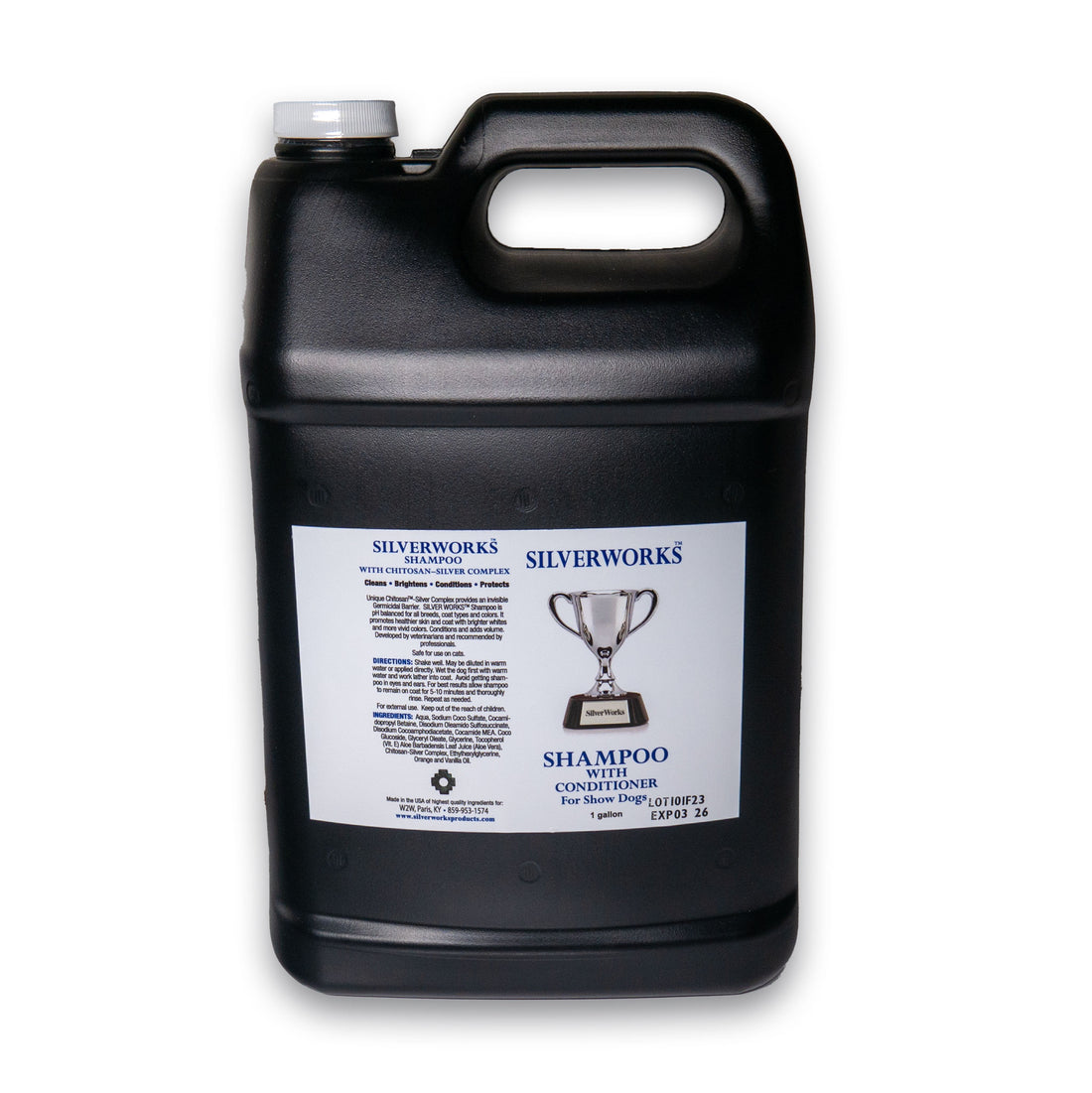 Vendor:SilverWorks ShampooSilvaPlex
Vendor:SilverWorks ShampooSilvaPlex- Regular price
-
$21.95 $229.95 - Regular price
-
- Sale price
-
$21.95 $229.95
Quick view
-
SilvaPlex® Throat Spray
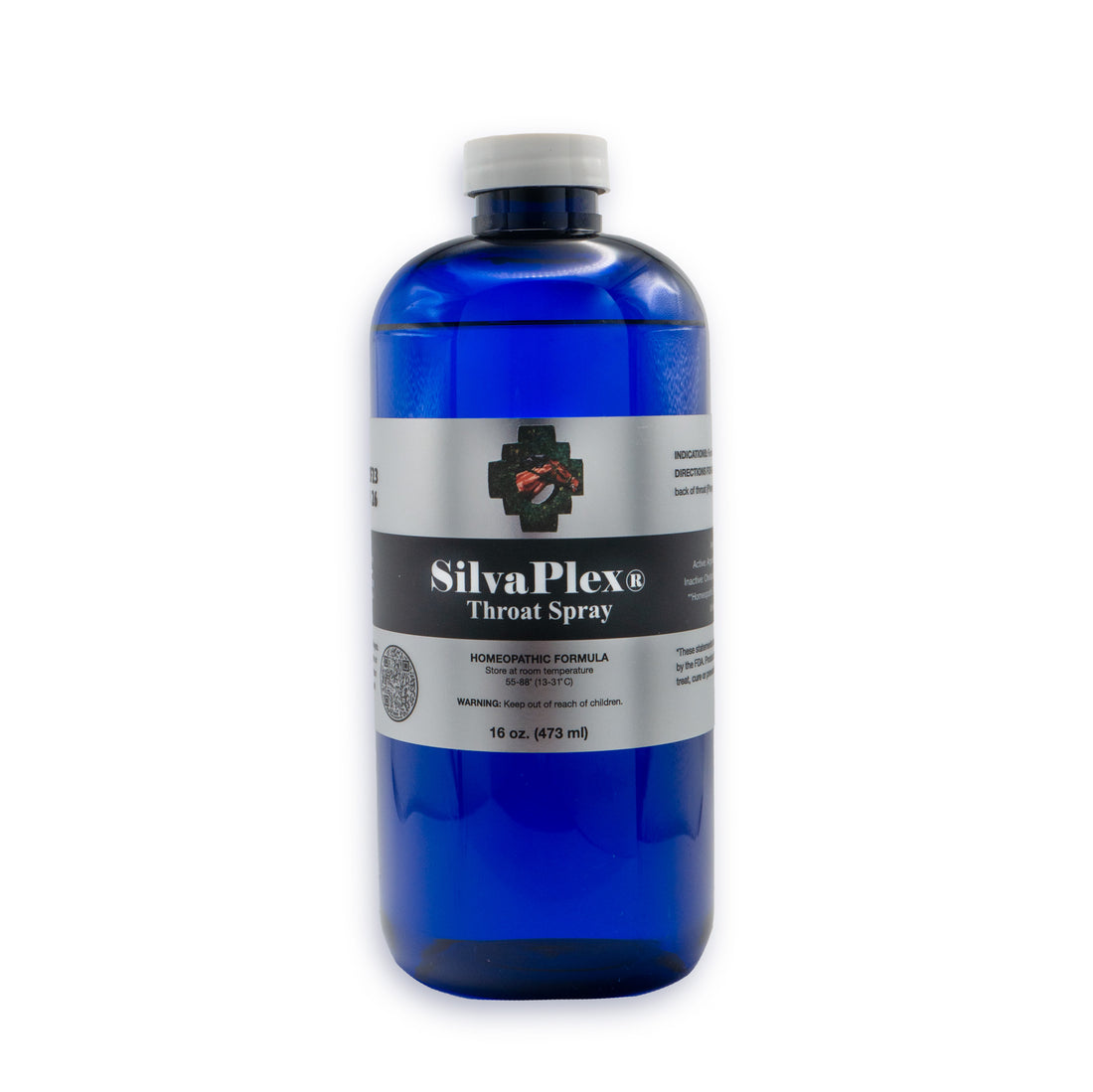
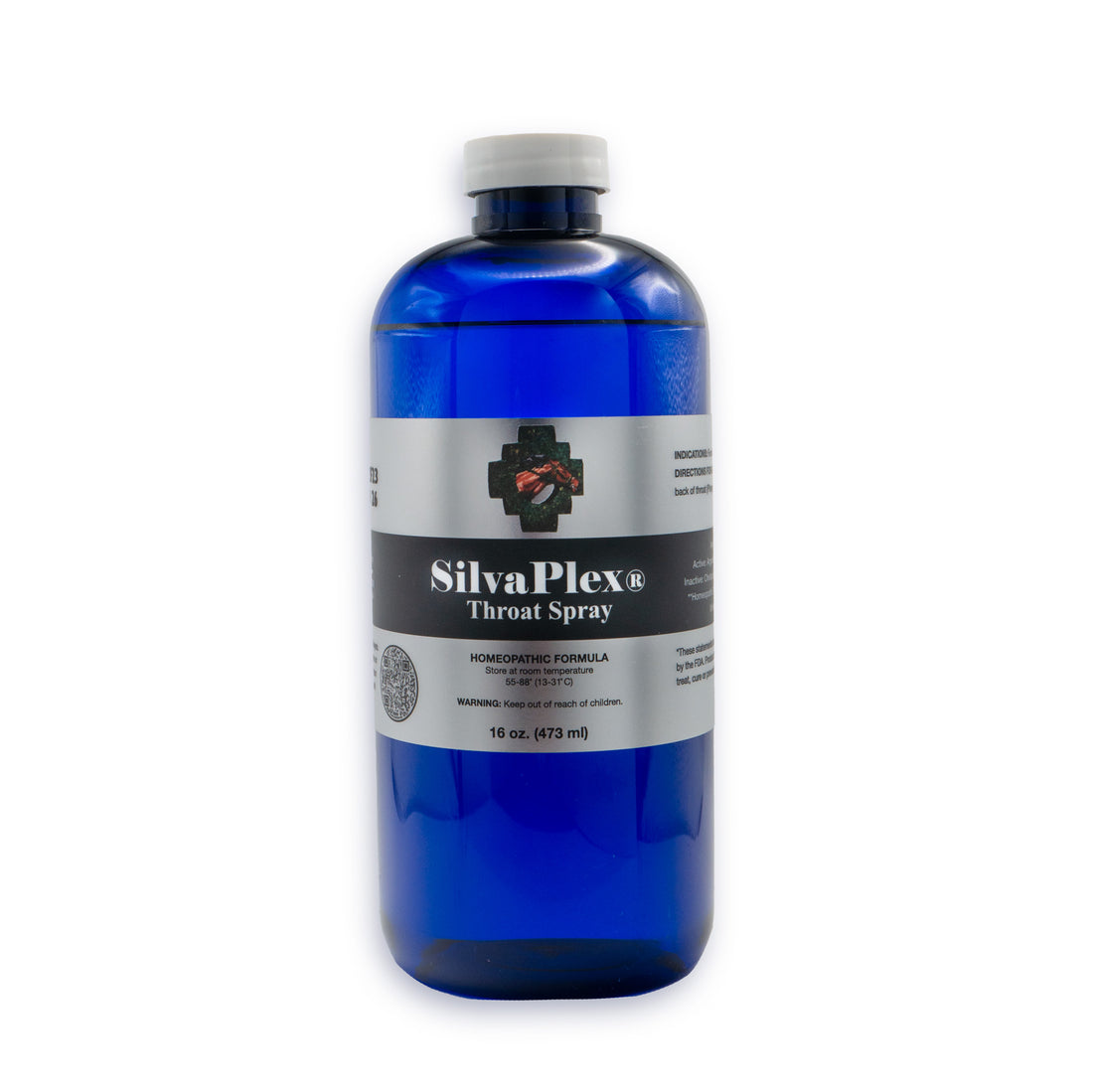 Vendor:SilvaPlex® Throat SpraySilvaPlex
Vendor:SilvaPlex® Throat SpraySilvaPlex- Regular price
-
$36.00 $396.00 - Regular price
-
- Sale price
-
$36.00 $396.00
Quick view


